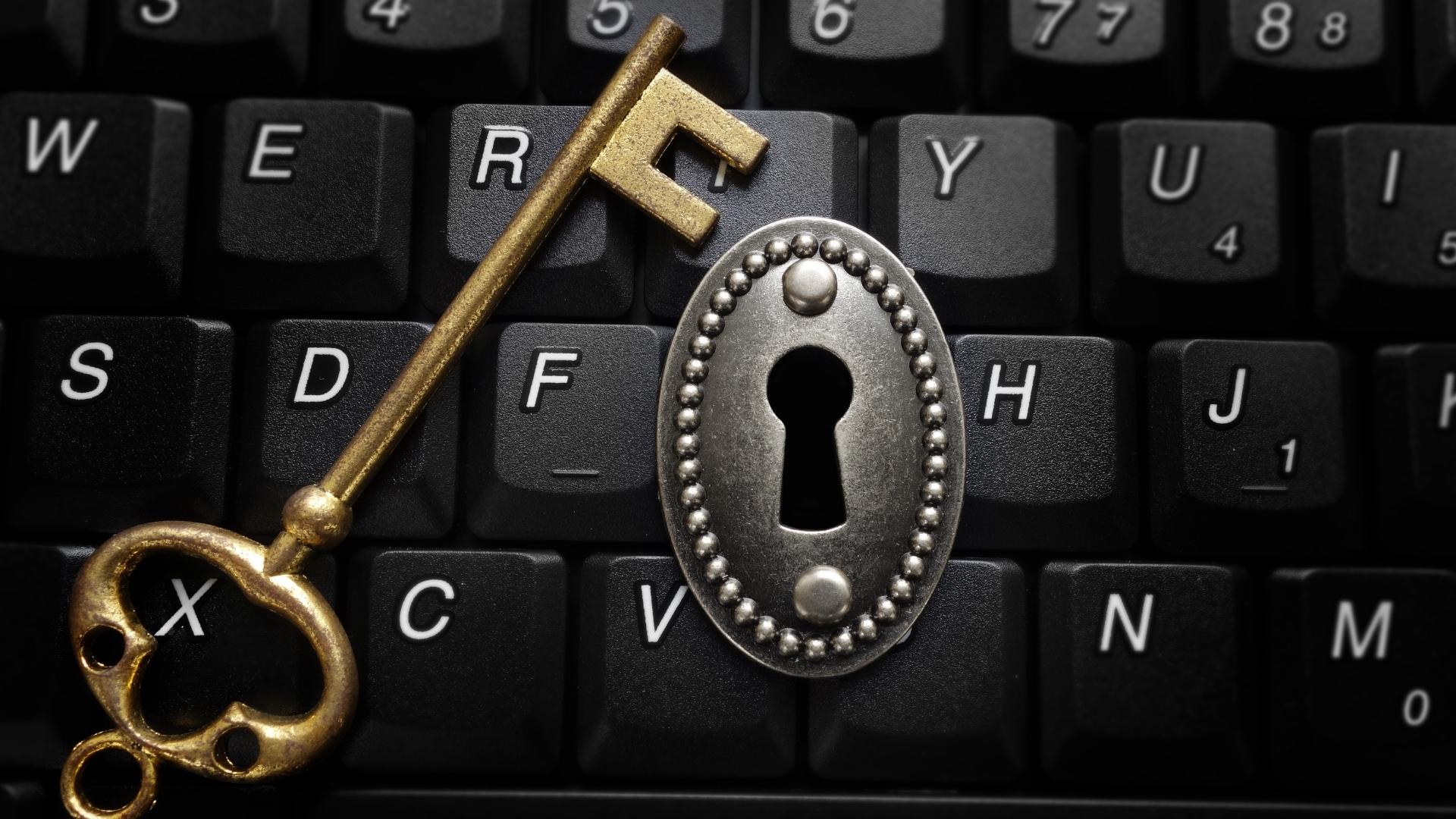An Outrageous Type of Encryption Could Take Care of A Large Information Security Issue
Completely homomorphic encryption permits us to run checks on information while never seeing the items. It could assist us with receiving the full rewards of enormous information, from battling monetary misrepresentation to getting illnesses early.
The secret inside every one of us is hereditary markers that can perceive specialists like Fellay, without which people are defenceless to sicknesses like AIDS, hepatitis, and the sky is the limit from there. In the event that he can figure out how to peruse these hints, then, at that point, Fellay would have preemptive guidance as to who requires early treatment.
This could be a lifesave. The difficulty is, coaxing out the connections between hereditary markers and illnesses requires a huge amount of information, more than any one clinic has all alone. You could figure clinics could pool their data, yet it isn’t the case. Hereditary information contains a wide range of delicate insights regarding individuals that could prompt shame, segregation, or worse. Moral concerns of this sort are a significant barricade for Fellay, who is based at Lausanne University Hospital in Switzerland.
Fellay’s interests are a microcosm of one of the world’s greatest innovative issues. The powerlessness to securely share information hampers progress in a wide range of different circles as well, from identifying monetary wrongdoing to answering debacles and overseeing countries successfully. Another type of encryption is now making it possible to extract information without anyone ever seeing it.This could assist with finishing large information’s huge security issue-and Fellay’s patients could be a portion of the first to benefit.

It was over a long time ago that we first heard that “information is the new oil,” an expression instituted by the British mathematician and promoting master Clive Humby. Today, we are accustomed to the possibility that individual information is significant. Organizations like Meta, which possesses Facebook, and Google’s proprietor Alphabet have developed into multibillion-dollar behemoths by gathering data about us and utilising it to sell designated advertising.
Fellay’s work is one illustration of how clinical information may be utilised to make us better. Furthermore, Meta shares anonymised client information with help associations to assist with arranging reactions to floods and fierce blazes in a venture called Disaster Maps. Also, in the US, around 1400 schools examine scholarly records to recognise understudies who are probably going to quit and furnish them with additional help. Information is a currency that helps to keep the cutting-edge world running.
As a result, more people can look at it and direct investigations, potentially making unexpected decisions.The individuals who gather the information frequently don’t have the right stuff or high-level AI instruments to utilise it, either, so it pays to impart it to firms or associations that do. Regardless of whether no external examination is going on, the information must be kept someplace, which frequently implies on a distributed storage server, possessed by an outside organization.
You can’t share crude information foolishly. It will ordinarily contain delicate individual subtleties, anything from names and addresses to casting ballot records and clinical data. There is a commitment to keep this data hidden, not on the grounds that it is the proper thing to do, but because of severe security regulations like the European Union’s General Data Protection Regulation (GDPR). Breaks can see huge fines.
Throughout recent years, we have concocted approaches to attempt to save individuals’ protection while sharing information. The customary methodology is to eliminate data that could identify somebody or make these subtleties less exact, says security master Yves-Alexandre de Montjoye at Imperial College London. You could supplant dates of birth with an age section, for instance. In any case, that is presently not sufficient. “It was OK during the 90s, yet it truly works no more,” says de Montjoye. There is a huge amount of data accessible about individuals on the web, so even apparently inconsequential pieces can be cross-referenced with public data to recognise people.
One huge instance of reidentification from 2021 includes obviously anonymized information offered to an information intermediary by the dating application Grindr, which is utilised by gay individuals among others. A news source called The Pillar got it and connected the area pings of a specific cell phone addressed in the information with the known developments of a high-positioning US minister, showing that the telephone sprung up consistently close to his home and at the areas of different gatherings he had joined in. The ramifications were that this minister had utilised Grindr, and an outrage resulted on the grounds that Catholic clerics are expected to go without sexual connections and the congregation thinks about gay action as a transgression.
A more complex approach to keeping up with individuals’ security has arisen as of late, called differential protection. In this methodology, the director of a data set never shares the entire thing. However, assuming an adequate number of astute inquiries are posed, this can, in any case, prompt confidential subtleties being located. So the data set supervisor likewise utilises factual strategies to infuse blunders into the responses, for instance, by recording some unacceptable disease status for certain individuals while totting up aggregates. Done cautiously, this doesn’t influence the factual legitimacy of the information, yet it makes it a lot harder to distinguish between people. The US Census Bureau embraced this strategy when the opportunity arrived to deliver insights in view of its 2020 enumeration.
Trust nobody.

All things considered, differential protection has its cutoff points. It just gives factual examples and can’t call up unambiguous records-for example, to feature somebody in danger of illness, as Fellay might want to do. And keeping in mind that the thought is “lovely,” says de Montjoye, inspiring it to work practically speaking is difficult.
Nonetheless, there is another, far more bizarre arrangement, one with starting points 40 years in the past.Imagine a scenario in which you could encode and share information so that others could dissect it and perform computations on it, but never really see it. It would be a bit like putting a valuable gemstone in a glovebox; the chambers in labs are utilised for dealing with risky materials. You could welcome individuals to place their arms into the gloves and handle the jewels. However, they wouldn’t have free access and take nothing.
This was the possibility that happened to Ronald Rivest, Len Adleman, and Michael Dertouzos at the Massachusetts Institute of Technology in 1978. They formulated a hypothetical approach to making what could be compared to a solid glovebox to safeguard information. It rests on a numerical thought called a homomorphism, which alludes to the capacity to plan information by starting with one structure and moving onto the next without changing its fundamental construction. Quite a bit of this depends on involving variable-based math to address similar numbers in various ways.
Imagine you need to impart a data set to an AI examination organization, yet it contains private data. The AI firm won’t give you the calculation it utilises to break down information since it is industrially delicate. Thus, to get around this, you homomorphically scramble the information and send it to the organization. It has no key to decode the information. Yet, the firm can investigate the information and obtain an outcome, which itself is scrambled. Although the firm has no clue about what it implies, it can send it back to you. Critically, you can now essentially decode the outcome and it will seem OK.
In the long time since the technique was proposed, scientists concocted homomorphic encryption conspires that permitted them to do a limited arrangement of tasks, for example, just increases or duplications. However, completely homomorphic encryption, or FHE, which would allow you to run any programme on the scrambled information, stayed slippery. “FHE was our thought process of just like the sacred goal back then,” says Marten van Dijk at CWI, the public exploration establishment for math and software engineering in the Netherlands. “It was somewhat unfathomable.”
One way to deal with homomorphic encryption at the time included a thought called “cross-section cryptography.” This scrambles conventional numbers by planning them onto a lattice with a much larger number of aspects than the standard two. It worked—to a certain degree. Every calculation wound up adding arbitrariness to the information. Thus, doing anything over a basic calculation prompted such a lot of irregularities to develop that the response became indistinguishable.
In 2009, Craig Gentry, then a PhD understudy at Stanford University in California, made a forward leap. His splendid arrangement was to occasionally eliminate this irregularity by unscrambling the information under an optional covering of encryption. In the event that that sounds confusing, envision that glovebox with the pearl inside. Nobility’s plan resembled putting one glovebox inside another, with the goal that the first could be opened while still encased in a layer of safety. This gave a functional FHE plan for the initial time.
Calculations on FHE-encoded information may take a large number of times longer than indistinguishable ones on crude information.Nobility proceeded to work at IBM, and throughout the following 10 years, he and others worked to make the cycle speedier by working on the hidden science. Yet, of late, the centre has moved, says Michael Osborne at IBM Research in Zurich, Switzerland. There is a developing acknowledgement that enormous speed improvements can be accomplished by streamlining how cryptography is applied for explicit purposes. “We’re getting requests for extensive upgrades,” says Osborne.
IBM currently has a set-up of FHE devices that can run AI and different investigations on encoded information. Its specialists have shown they can recognise fake exchanges in encoded Mastercard information by utilising a counterfeit brain network that can crunch 4000 records each second. They additionally showed how they could utilise a similar sort of investigation to scour the scrambled CT outputs of in excess of 1500 individuals’ lungs to identify indications of coronavirus contamination.
Likewise, underway are genuine world, evidence-of-idea projects with an assortment of clients. In 2020, IBM uncovered the consequences of a pilot study led by the Brazilian bank Banco Bradesco. Protection concerns and guidelines frequently keep banks from sharing touchy information either inside or remotely. Be that as it may, in the review, IBM showed it could utilise AI to dissect scrambled monetary exchanges from the bank’s clients to foresee on the off chance that they were probably going to apply for a new line of credit. The framework had the option to set expectations for in excess of 16,500 clients in 10 seconds, and it performed similarly as precisely as a similar examination performed on decoded information.
Dubious movement

Different organisations are excited about this outrageous type of encryption as well. PC researcher Shafi Goldwasser, a fellow benefactor of protection innovation fired up Duality, says the firm is accomplishing fundamentally quicker speeds by assisting customers with better organising their information and fitting instruments to their concerns. Duality’s encryption tech has previously been integrated into the product frameworks that innovation goliath Oracle uses to identify monetary violations, where it helps banks in sharing information to distinguish dubious actions.
In any case, for most applications, FHE handling is no less than multiple times slower than the contrasted and decoded information, says Rondeau. This is the reason, in 2020, DARPA sent off a programme called Data Protection in Virtual Environments to make specific chips intended to run FHE. Grid-encoded information comes in a lot bigger lumps than ordinary chips are accustomed to managing. So a few examination groups engaged with the venture, including one driven by Duality, are researching ways of modifying circuits to productively process, store, and move such information. The objective is to investigate any FHE-encoded information only multiple times slower than expected, says Rondeau, who is dealing with the program.
Regardless of whether it were lightning quick, FHE wouldn’t be faultless. Van Dijk says it doesn’t function admirably with specific sorts of programmes, for example, those that contain a fanning rationale comprised of “if this, do that” tasks. Meanwhile, data security analyst Martin Albrecht of Royal Holloway, University of London, points out that the defence for FHE is dependent on the need to share information, so it is often compromised.Yet, a great deal of routine information investigation isn’t unreasonably muddled—doing it without anyone else’s help could, in some cases, be more straightforward than having the chance to hold with FHE.
As far as concerns him, de Montjoye is a defender of security design: not depending on one innovation to safeguard individuals’ information, but consolidating a few methodologies into a protective bundle. He considers FHE to be an excellent addition to his toolbox, but not an independent champion.
This is the very approach that Fellay and his associates have taken to smooth the sharing of clinical information. Fellay worked with PC researchers at the Swiss Federal Institute of Technology in Lausanne who made a plan to join FHE with another protection strategy called secure multiparty calculation (SMC). This sees the various associations sign up lumps of their information so that none of the confidential subtleties from any association can be recovered.
In a paper distributed in October 2021, the group utilised a blend of FHE and SMC to safely pool information from various sources and use it to foresee the viability of disease medicines or distinguish explicit varieties in individuals’ genomes that anticipate the movement of HIV contamination. The preliminary was effective to such an extent that the group has now conveyed the innovation to permit Switzerland’s five college emergency clinics to share patient information, both for clinical exploration and to assist specialists with customising medicines.
On the off chance that information is the new oil, it appears to be the world’s hunger for it isn’t easing up. One that will probably be much the same as another mining innovation, one that will open up probably the most important, right now, distant stores. Its sluggish speed might be a hindrance. Yet, as Goldwasser says, contrasting the innovation with a totally decoded handling has neither rhyme nor reason. “On the off chance that you accept that security is certainly not an or more, but it’s an unquestionable necessity,” she says, “then, at that point, in some sense, there is no above.”










Add comment